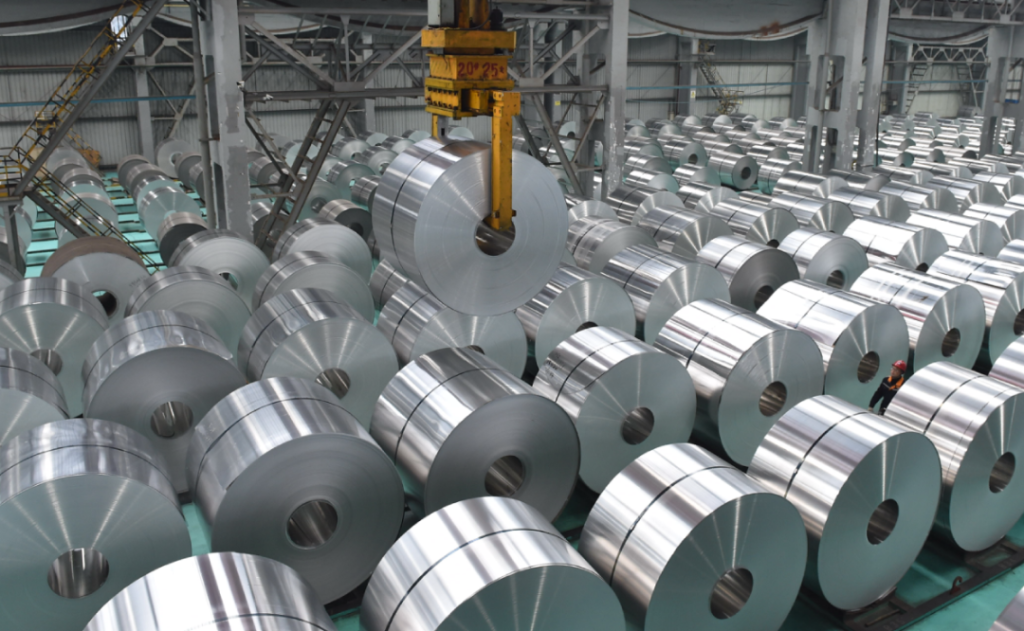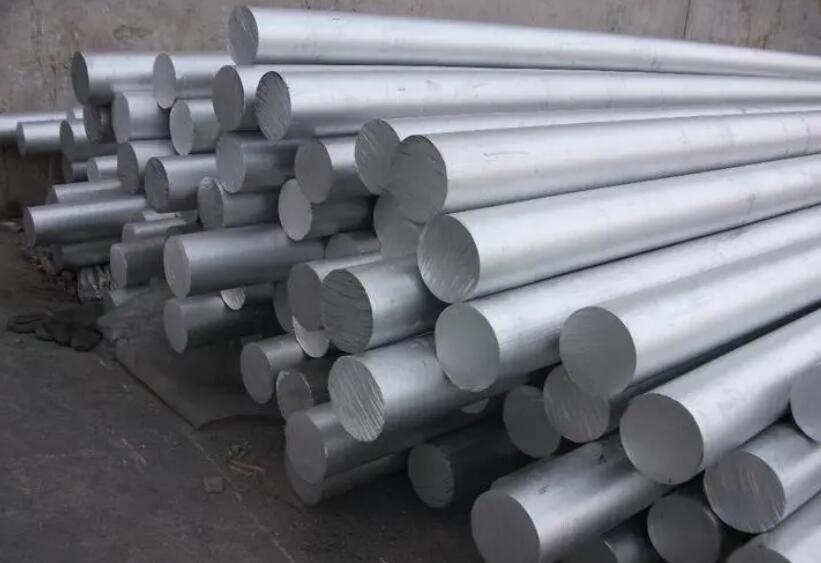In recent times, Europe has found itself at the center of a perfect storm involving disruptions in key transportation routes and the looming possibility of sanctions on Russian primary aluminum. These events have significant implications for the European economy, especially in industries where aluminum plays a vital role. In this article, we will delve into the intricate web of challenges and opportunities surrounding aluminum in Europe amidst the Red Sea logistics crisis and geopolitical tensions.
The Red Sea Logistics Crisis
The disruption in one of the world’s busiest transportation routes, accounting for about 12 percent of international container traffic, has sent shockwaves through global supply chains. The alternative route around Africa adds approximately 10 days to trip durations, leading to increased transportation times and costs. This has created heightened uncertainty in commodity supplies, including aluminum.
This crisis has forced industries to reconsider their supply chain management strategies, as delays and additional import costs for key materials become a reality. Even giants like Tesla, Suzuki, and Volvo have been compelled to suspend their European subsidiaries, and companies in the retail sector, such as IKEA and Next, are warning of potential delivery delays.
Strain on the Aluminum Market in Europe
The aluminum market in Europe, in particular, is feeling the strain. Rotterdam has witnessed a 10-15 percent increase in primary aluminum premiums since early December, marking a sharp departure from the previous trend of decline. This surge is a direct response to supply uncertainties and heightened demand, underscoring the market’s sensitivity.
Complicating matters further are ongoing discussions about imposing sanctions on Russian aluminum. While these discussions remain on the table as a “last resort” option, they highlight the delicate balance between economic considerations and geopolitical factors.
Europe’s Aluminum Production Challenges
Europe’s aluminum production has faced its own set of challenges. Despite a 13 percent increase in aluminum consumption in the European Union since 2000, production capacity has plummeted by two-thirds, from 3 million tons to just under 1 million tons. High electricity and labor costs, along with rising environmental charges, have been primary drivers of this decline. Additionally, the conflict in Ukraine in early 2022 led to escalating energy prices, further squeezing the margins of energy-sensitive metals like aluminum.
Cascading Effects on Europe’s Economy
The dual challenges of the Red Sea crisis and potential Russian aluminum sanctions have the potential to cascade throughout Europe’s economy. Rising aluminum costs are likely to contribute to inflation as industries grapple with increased production expenses. This situation could also lead to a slowdown in industrial activities, impacting employment and economic growth, which is already teetering on the brink of recession in the European Union.
Complex Decision-Making: Russian Aluminum Sanctions
The decision to impose further sanctions on Russian aluminum is laden with complexity. European governments must weigh economic risks against geopolitical considerations. Russia remains a key supplier of aluminum to the EU market, particularly the high-quality and low-carbon variety crucial for eco-supply chains. Striking the right balance in this scenario is a formidable challenge.
Conclusion
In conclusion, the disruptions in global transportation routes and the potential sanctions on Russian aluminum have placed Europe’s supply chain and economy at a crossroads. Aluminum, a versatile and indispensable material in various industries, is at the center of this conundrum. The need for strategic adjustments in supply chain management and a delicate balancing act between economic and geopolitical factors will define Europe’s journey through these turbulent times. The role of aluminum in this equation cannot be underestimated, making it a critical focus for industries and policymakers alike.

